#historical realism
Explore tagged Tumblr posts
Text

Some quick turn of the century AU art. Haven’t really done much with Logan and Rogue’s father daughter relationship. So please enjoy this!
Logan is very sus of Gambit even though he’s been on the team for a long time when he first starts a relationship with rogue, he thinks he’s a good kid, but he knows he fooled around with a girl named bella and nearly had a shotgun wedding as a result, so his protectiveness of rogue wins out and he needs to make sure Remy has learned his lesson. And in his defense, even if he personally wouldn’t care what rogue and gambit would do so long as they were safe about it, sexual relationships outside of marriage and unplanned pregnancies were a much bigger taboo at the time, to the point where it could effect a girl’s ability to get employment or higher education severely. So he’s a bit more worried about gambit fucking with her future by fooling around and not thinking ahead as teenagers tend to do more than him intentionally hurting her.
Rogue ain’t a fan of this though.
Logan cools off quickly though and relaxes soon enough...
#logan#wolverine#logan howlett#rogue x remy#gambitxrogue#rogue gambit#x men evolution#xmen evolution#romy#dad logan#remy lebeau#anna marie darkholme#anna marie lebeau#my artwork#sweet-tea#turn of the century au#historical realism
58 notes
·
View notes
Text

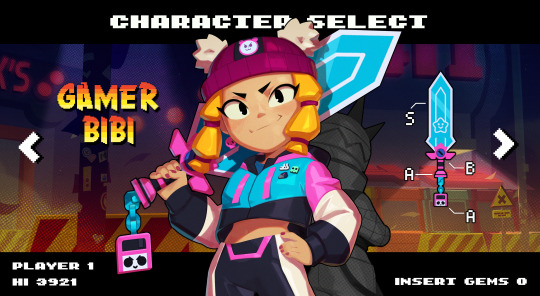


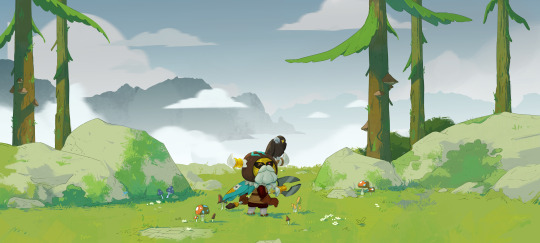
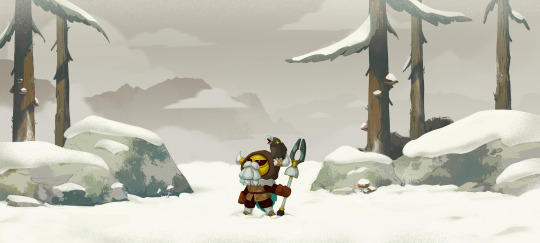

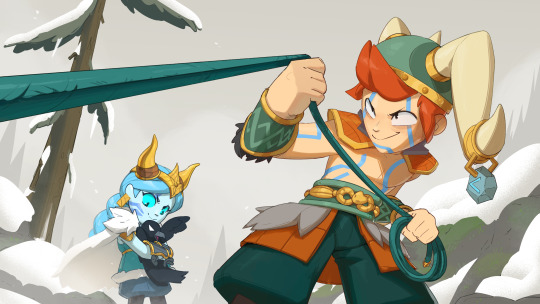
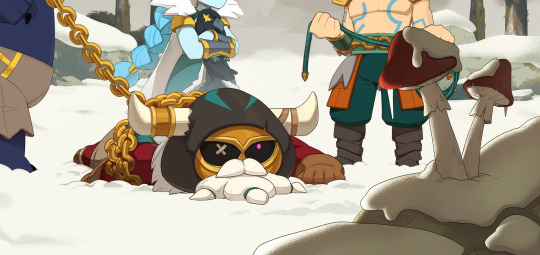


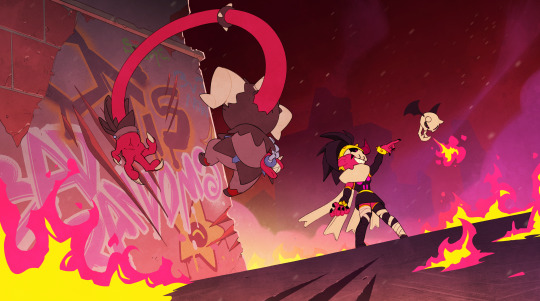





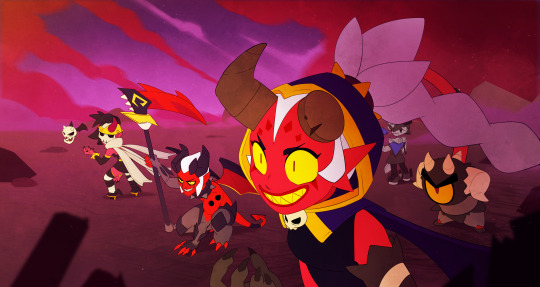

bro fuck it im workposting. i did illustrations, i storyboarded, i directed. I did many cool things in 2024 and millions of people all over the world saw em. that has to count for something
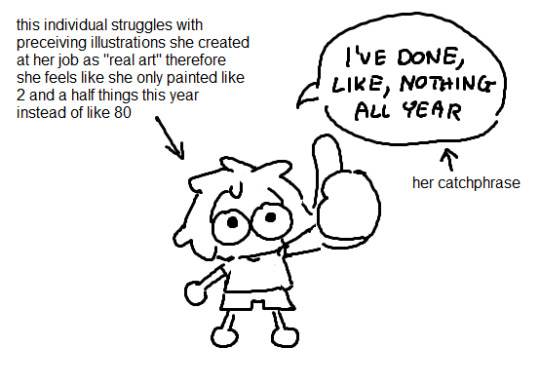
#brawl stars#marcia#i dont workpost because i am deeply aware nobody here is here for brawl stars but on god i#i work and i create and its real#and there is a part of me thats ashamed because i know that brawls is not. like its not league of legends you know?#league of legends is something you post about#about the skin you helped create or sculpted#or the splash art you painted#its has that... value that is obvious even in the eyes of a person who has never played league#its a very mature visual language that historically calls for respect#meanwhile presenting brawl stars art feels like showing my anime girl oc to an art teacher#even mentioning an illust i created for a skin announcement for brawl stars feels so#so dollar store#so laughable#like noone would take me seriously#it feels like when you say you're an artist and then a person asks to see your art#and you show them and they get that soft soft look in their eyes that informs you that they had an image of who an “artist” is in their hea#and that you did not live up to it but all they'll say is 'oh thats nice'#bro help me im doing art elitism to myself#how can i simultaneously believe that art can be anything and yet only neoclassical realism has real value#i want to be creatively free yet all i do is fear the unimpressed looks of strangers
491 notes
·
View notes
Text

Oc portrait- Rosie
#rosie#original character#oc artist#digital painting#oc#historical oc#oc artwork#trans artist#queer artist#digital art#historical fiction#portrait art#semi realism
215 notes
·
View notes
Text
In Tokyo, sixteen-year-old Nao has decided there's only one escape from her aching loneliness and her classmates' bullying, but before she ends it all, Nao plans to document the life of her great-grandmother, a Buddhist nun who's lived more than a century. A diary is Nao's only solace—and will touch lives in a ways she can scarcely imagine. Across the Pacific, we meet Ruth, a novelist living on a remote island who discovers a collection of artifacts washed ashore in a Hello Kitty lunchbox—possibly debris from the devastating 2011 tsunami. As the mystery of its contents unfolds, Ruth is pulled into the past, into Nao's drama and her unknown fate, and forward into her own future. Full of Ozeki's signature humour and deeply engaged with the relationship between writer and reader, past and present, fact and fiction, quantum physics, history, and myth, A Tale for the Time Being is a brilliantly inventive, beguiling story of our shared humanity and the search for home.

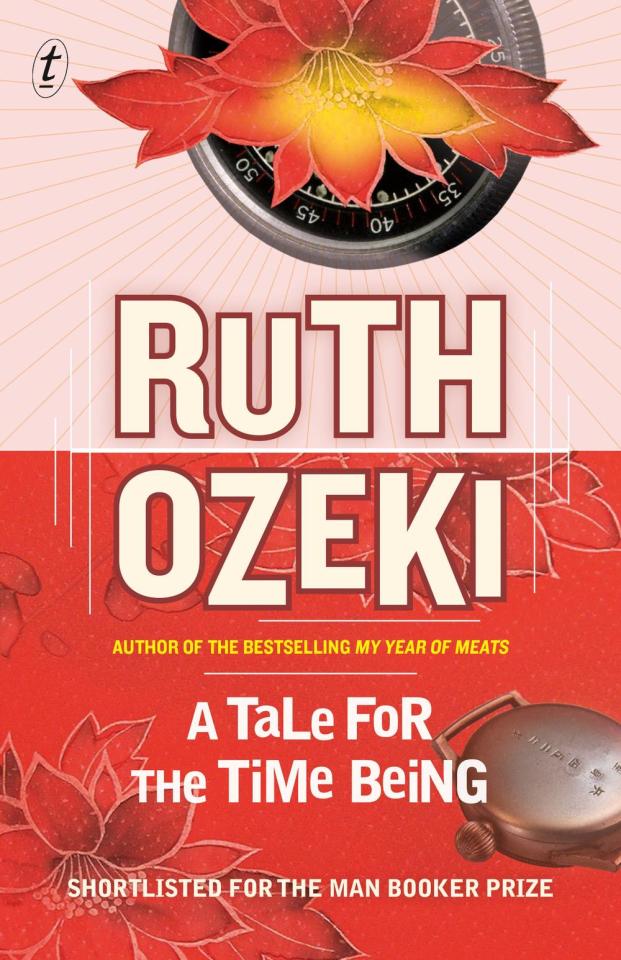

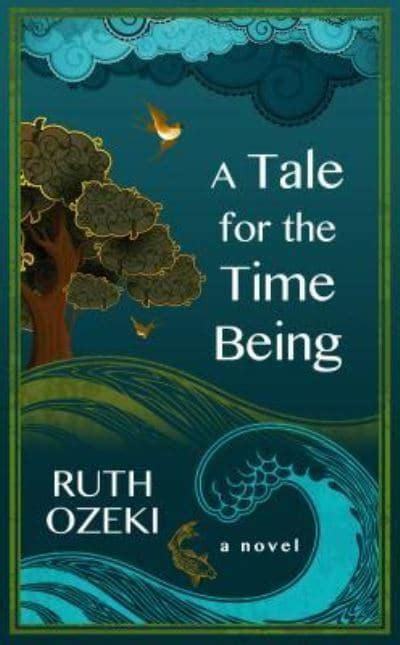

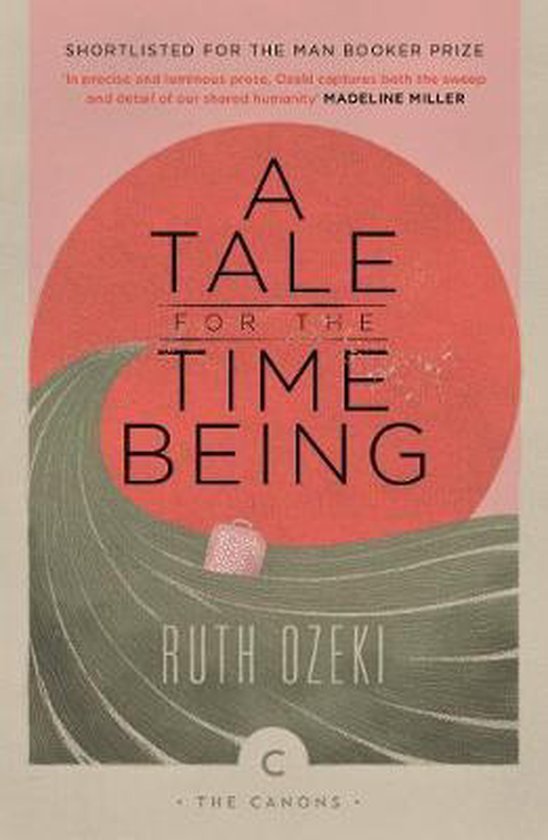
#book: a tale for the time being#author: ruth ozeki#gene: japanese literature#genre: magical realism#genre: historical fiction#genre: literary
248 notes
·
View notes
Text
There needs to be a scientific study done on how Rockstar Games' Arthur Morgan is able to provoke the most earth shattering emotions I didn't even know I had in me
#you guys get me right#like you feel it deep in your chest#the joy the anguish the grief#it feels like words aren't enough#and I don't mean it as in “sad moment in video game makes you sad”#I mean it as in “a deep and well written moment that has been slowly building is fleshed out in a video game and I think about for weeks”#when I say I lose sleep over this game I really mean it#I spend hours just laying in bed thinking about everything that happens in arthur morgan's life#it eats at me#I'm not ashamed of how much I have cried over this game#it fucking gets to me#playing rdr2 is the best form of escapism until the story hits you like a stab in the chest but the blade just pushes in further and further#until you're left with a gaping wound#“wow michael I didn't know you were so emotional over pixels on a screen”#except those pixels were acted out and performed by real people and voiced by real people and designed to look like real people#the game's main target was historic realism emphasis on REALISM#to provoke emotions through amazing storytelling#it's okay to feel strongly about things!!#this game man#this game#rdr2#red dead redemption 2#mick squeaks#mick thinks#arthur morgan#red dead redemption 2 spoilers
255 notes
·
View notes
Text

Ivan Kramskoy "Moonlight Night" 1880
#moda 365#fashion#fashion blog#fashion blogger#fashion lover#fashion photography#vintage#vintage fashion#vogue#art#history of art#ivan kramskoy#art history#historic art#moonlight#art of the day#artist of the day#realism#realist art#realist artist#russian art#russian artist
70 notes
·
View notes
Text

The High Priestess Drawings 21 x 28 cm 2024
#occult art#historical art#realism#portrait#noughtlux#mythology#sketch#charcoal#drawing#traditional art#artists on tumblr#art
45 notes
·
View notes
Text
WIP Wednesday
Recently I've been spending time with a history podcast that has me 👀 excited to try out writing War, for once.
He loses contact with Cody for four weeks on Moxil VII. Four weeks of sweating in the desert, fighting their way back to the Capitol that Cody’s companies are holding for him.
In the moments before sleep and the moments after waking, it's crushing – thousands of souls, his own men, without food, without ammunition, without medical supplies. Dead, perhaps. Suffering, certainly. For four weeks in the desert, he breathes past the weight of it, and carries on.
There's a hungry rend of desperation in him, the day he catches sight of him again – his Commander, across the field of battle, against the outer wall. Holding his ground, somehow, still. Gaunt and injured, yet – upright, grounded as a stone in the sunlight. Something steadfast for Obi-Wan to break his foes against. Obi-Wan's blade sings on every swing, and the Separatists are caught between them – hammer meeting anvil, the scent of blood and hot metal in the noon light.
The aftermath is a grim blur of heat. The men he meets are less numerous, less well than they appeared across the field. Thin, sick, and thirsty. Were they standard, natborn soldiers, Obi-Wan doubts they'd be on their feet at all.
And his forces, too, find the shells of men. Armor, empty, stacked and staked into the ground, cleverly placed to make their forces seem more numerous. An old trick, a grim and effective defense for the living. But it is some kind of nightmare, in the noon heat, to move through the field and hear armor rattling in the wind. This is the marked armor of men he knows – men he knew.
He wonders what it cost Cody, for the peoples of this planet to let his forces bury their dead in the city. The land outside the city walls is marked with a cunning series of trenches and shelters, but he sees no trace of the mass grave he knows they must have dug. A quick survey of the field tells him they'll have further need of it before the day is done.
#the podcast is about byzantine history and it has me thinking about how many ways there are to tell a war story#it feels like maybe we're in a cultural moment that really values realism and immersion and historical accuracy#and i love those stories!!#but i am always happiest when i am telling it like a myth#and it is fun to hear about ancient wars and then see the many ways it's been told like a myth throughout history#anyways this fic is about woundplay ansjdhdjdjd#wip wednesday#codywan#posting it here so people can bully me into actually finishing this one#smoosey writing
33 notes
·
View notes
Text
Sadie and Arthur and the Affects of Gender Roles in 1899 America
(warning: there is sexism and sexist ideas in this analysis because I refuse to sugarcoat the time period that RDR2 takes place in. Arthur is a product of his time and though it isn't shoved in your face, it's still there. Understanding the gender dynamics of this time period makes the characters much more understandable, nuanced, likeable, and better, if I'm being frank.)
I don't ship Sadie and Arthur, at all, it makes no sense to me besides two people liking the characters and thus putting them together. I like them as friends but that's about it.
And let's be so real for a second- even if they do get together for whatever reason, they absolutely wouldn't be compatible as partners because its been shown time and time again that Arthur believes in gender roles and gets visibly annoyed or angry when a woman takes up a man's role when a man is there or when a woman does something he thinks is unladylike in their line of work (just listen to his antagonization of Abigail (for her past as a prostitute, usually), Sadie, Karen, prostitutes, and female performers, all women who take on unconventional roles in their life(also pay attention to certain mission dialogues, and cutscene body language)).
Sadie proves herself as capable, and Arthur works with her, but he makes quips about her behavior or subtly judges her or makes fun of her("Oh, I'm sorry princess. Was there an insufficient feather in your pillow?" "You got a pair of pants and all of a sudden you think you're Landon Ricketts?" "You want to ruuuunnnn with the men?" "Few more like her and there wouldn't be much of a world left." "That ain't what you mean- I can still fight!" Or him being visibly annoyed when she doesn't take his hand to enter the boat and other similar things like that)
Arthur believes that a man should be the one doing the work that revolves around such physical exertion and if he isn't the one doing those things for a woman, he feels as if he is failing in his role as a protector and provider, which then provokes annoyance or in some cases, even anger. Sadie doesn't care about this obviously, and Jake Adler didn't either, hence why they worked so well together as a couple.
Not Arthur though. To put it quite simply, he prefers and is compatible with women who believe in the same gender roles as he does (Mary Gillis, Abigail Roberts, etc.).
This doesn't mean he dislikes Sadie, because it's quite obvious that he is fond of her, but given the intimacy of a relationship, Sadie would get fed up with him trying to be the ONLY provider and protector, and him getting fed up with her by encroaching on what he sees as his duties and responsibilities. He works with her in the way that he does because he has to and he respects that.
Some people may disagree with me on this analysis and that's fine, but to me, it feels like the most realistic outcome if they did become romantic partners. Another reason why I say this is because my mother comes from a culture that still operates a lot like 1899 America and I've seen this dynamic between men and women so many times that it's ridiculous- men who will accept working with a woman in more traditionally masculine roles and prefer partners who are more traditionally feminine.
#rdr2#red dead redemption 2#arthur morgan#sadie adler#arthur morgan x Sadie adler#gender roles#1800s#character analysis#story analysis#if i kicked any headcanons in the balls#I'm sorry 😔#but i am a sucker for historical realism#which is what the red dead series always strived for#this idea of gender roles was more prevalent in rdr1 than rdr2#but its still there#and it still affects arthur in the same way it affects john
105 notes
·
View notes
Text
I digitally painted St. Joan of Arc because I was bored and that means I nerd out about history
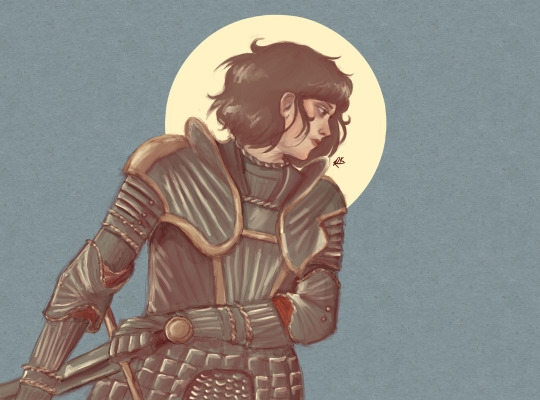
I just wanted to remind everyone that 15th century French Armor is THE prettiest example of medieval armor
#st joan#st joan of arc#joan of arc#jeanne d'arc#history#historical art#my art#digital art#art#realism#15th century#French armor#french history#religious art#religious history#medieval#medieval times#saint joan#saint joan of arc#france
207 notes
·
View notes
Text
What the medieval feast actually looks like:
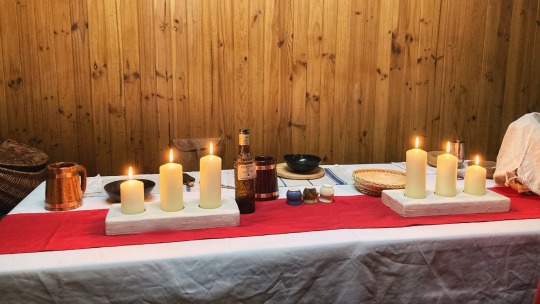
What the medieval feast looks like in the movie/show:

#gritty realism my beloathed#medieval reenactment#medieval feast#medieval aesthetic#medievalcore#sca#medieval#history#historical reenactment#lochac#i’ll be on my merry way now#anyway in other news I hosted a feast on the weekend!
394 notes
·
View notes
Note
Two questions regarding the Wardi religion:
In addition to the bull and the lioness, what are the seven faces of god/sacrificial animals?
Given that white animals seem to be sacred, does that influence how albino humans/other sophents are treated by society?
The seven faces of God are as follows:
-the lunar, horned, or 'wild ox' face of God, which presides over the moons, and the fertility of the land, animals, and people. In pre-imperial times, this was functionally the most central face of God (replaced by the lion face/odomache). The most ideal sacrifice is a wild ox (especially white or albino) that has never been bred. -the ‘ox’ face of God, presides over agriculture and labor, as well as the domestic sphere. The most ideal sacrifice is a healthy plow oxen or khait who has never been yoked or bred (if the sacrifice is towards Ox-Face as the domestic sphere, this should be a heifer). -the lion face of God, presides over sovereignty, statehood, military might, and is most associated with the health and continuing existence of the imperial entity. The most ideal sacrifice is a maned lioness (functionally white, though this is a trait of the captive population). -the ocean or skimmer face of God, presides over the seas, winds, as well as fortune and mercantilism. The ideal sacrifice is the skimmer gull or an albatross, especially one taken from one of the sacred rocks in the 'mouth' of the Viper sea. -the serpent face of God, presides over the cosmos and divine Mysteries, associated with funerary rites and death. Also has a wildly disparate association with royalty (which is derived from entirely separate traditions and has not yet fully been reconciled into the faith). The ideal sacrifice is a two headed or melanistic snake, especially a venomous one (both would be MOST ideal, but this is rare beyond any practicality) -The solar face of God, presides over the sun, stars, and fire, also heavily associated with khait and mounted warriors. (this is a VERY direct import from the chief solar god in the Burri pantheon (who rides and/or is a khait with the sun between its horns), hence the seemingly random khait association). The ideal sacrifice is a healthy riding khait (especially with a white spotted coat), or alternatively a golden eagle. -The river face of God, presides over fresh water, seasonal flooding, and the rains. The ideal sacrifice is the migratory reed duck (which arrives at the onset of the wet season) or a freshwater hesperornis (ideally taken from one of the sacred waters). An-Nechoi are also occasionally given.
Though the core religion is monotheistic, each face of God is functionally a syncretic fusion of older ethnic Wardi beliefs, the Burri pantheon, and other regionally native traditions, which have not all been fully reconciled (the process of fusion is more or less still ongoing). Each face in of itself has dozens or more epithets with distinct features. For example, the river face has a specific epithet for each major riverway, each venerated as a distinct aspect of the Godhead. Functionally, common practice of the Wardi faith is pretty indistinguishable from polytheism, and most of the religious authority does not care as long as required orthopraxy is maintained (the central dogma of the religion does not care How you believe, but that the correct practices are enacted).
Also for reference, these are the specific animals taken on the pilgrimage in the story (transporting seven rare animals cross country can be fraught, so each had at least a few backups):
A pure white aurochs calf, found naturally born in a wild herd.
A massive, unbred and unyoked bull draft khait (dies en route, replaced by a less physically impressive backup with the same qualities)
A lioness with a full mane, from the white captive stock
A skimmer gull taken from a nest on the sacred rock in the waters of Od-Koto.
A baby two headed cobra (which dies en-route and is replaced with its backup, a melanistic viper)
A beautiful speckled riding khait mare whose horns form a near perfect circle (which is stolen en-route and replaced with its sister)
A rare wild hesperornis (haven't come up with an in-universe name yet) taken from the reeds of the Brilla river delta.
Anyway the sacrifices listed above are considered the absolute IDEALS when working with a specific face, but a great variety of animals will be sacrificed to various ends. There’s some very specific cultural/religious components to which animals are most valued, but in practice the value of a sacrifice is pretty close to 1:1 with the animal’s monetary value, at an intersection of utility and rarity.
So a young, healthy bull plow oxen who has never been bred or yoked is a more valued sacrifice than an old, experienced plow ox who has already sired offspring. You are giving up an extremely valuable animal and all its unused potential in a very practical sense, which makes the sacrifice more potent and valued. The 'virginal' status of the animal is key when the rite is SPECIFICALLY related to fertility, in the sense that the animal itself is sacrificing its unused fertility, allowing for the sacrifice-rebirth cycle to perpetuate. (Animals which Have been bred may be preferred in certain cases and rituals).
An animal with a rare coloration is usually going to be more valuable than one with more common genetics. This is the core root of why albino animals are of high value. It's less that white animals themselves are valued, just that rare genetics such as albinism = valuable sacrifice.
There are some specific exceptions where the color itself is significant (rather than just an extension of its rarity). God is specifically supposed to have taken the form of a white aurochs (itself emerged from the foam of the sea) during creation, so white oxen and wild oxen SPECIFICALLY have especially high value. Melanism or black scales are valued to the serpent face of God, which is associated with the cosmos and void behind the stars. (this stems from much, MUCH older beliefs in a cosmic serpent god in the region).
Animal sacrifice is a very significant part of the religious framework and involved in most rituals and prayers intended to affect significant change and transformation. (This is due in part to a deeply ingrained belief in the world being perpetually sustained in a cycle of sacrifice and rebirth, and in God Itself being the physical mechanism of rebirth and requiring sacrifice to be sustained). While blood itself is seen as potent, the nature of sacrifice isn't just 'spill blood and make thing happen', it's got a self contained value system and is very calculated and intentional in nature. You aren’t going to just grab a random rat and bleed it and pray, there needs to be a perceived ‘loss’. Sacrifice via killing is also not the only form, the most common day to day sacrifice is in (very minor) bloodletting and offerings of food and drink- the key is allowing a personal loss to sustain a greater cycle.
That being said, there is a HUGE trade system built up around the breeding and selling of animals solely for sacrifice. The industry revolves mostly around birds (doves are the cheapest, but also poultry, waterfowl, some birds of prey, a few select songbirds and ornamental birds), goats, sheep, and horses (the small, premodern kind). Cattle and camelids are a higher tier, and khait are among the highest of common sacrifices due to their great value.
Other animals that have no direct utility but are sacred are also bred or captured for sacrifice (hesperornis, lacetor, gulls and albatrosses, several kinds of snake, a bunch of wild ungulates, nechoi, etc). Some '''‘exotic’''' animals are imported specifically for this purpose, mostly as a means of displaying the wealth and reach of the state, with their sacrificial value rooted in the difficulty of acquisition. Animals taken from sacred sites are also prime candidates (ie cattle bred and grazed on the foothills of the Sons of Creation are VERY valuable).
---
So all that being said the importance of albino animals has come off a little overstated on my part, and doesn't have any particular impact on how albinism in people is regarded. It’s valued mainly for its rarity in the context of animal sacrifice, which would not have direct translations to how it’s perceived in people.
Albinism in people doesn’t have a super well defined significance in broader Imperial Wardi culture, but perspectives mostly skew negative and towards seeing it as a sign of ill fortune (physical differences in people tend to be seen as a result of being cursed in the womb). Imperial Wardin is culturally diverse (united mostly by a identity based in shared religion), so exact nuances would vary and this statement should not be taken as a universal.
Imperial Wardi population is mostly human (with its citizen population being MAYBE 5% elowey, 2% qilik, and a decimal point of caelin). Overall sentiment towards other sophonts by the human majority is not outright hostile, but is human-centric and tinged with xenophobia (as most qilik and elowey in the region are immigrants, with the only elowey ethnic group historically inhabiting the region (the Jazait) being regarded as 'heathens'). Albino elowey or qilik might be similarly seen as products of a curse, or may be given a 'wow how beautiful' treatment (in a heavily patronizing capacity) and seen as a curiosity, or otherwise just subject to varying perspectives on albinism in the region.
The one other thing I have established in this vein is that the semi-mythological hero Janise (sworn brother of other semi-mythological founder hero Erub) is said to have been albino. While he is positively regarded, he is supposed to have died young of a snakebite (assumed to be the product of a curse from his enemies) and this would not improve perceptions of albinism being related to ill fortune.
#For a while I was typing aurochs as aurox. And this WAS intentional but I don't know what the point was because neither word would#be used in-universe (it's just translated as 'wild ox' in text) and it's not indicating a distinction with a real animal (like 'tyger' is).#So yeah it's back to just 'aurochs'.#Also Janeys is named after the historical Janise ('Janeys' is a more contemporary variant and is also a SUPER common name)#(variants include Janis Janes Jannes Janey Jani Jane Janus.....etc)#There's also like 10 trillion people named Erub or Erubi or Erubin or Erubnos or Urib or Urbi or Urbin .. etc#Super committed to realism by having several characters in the same story with the same name. There's like 4 background#characters with Erub names and 2 other Janeys variants. Which is hard on the reader and kind of bad writing but suffer with me. etc.#None of this is related to core post questions I just can't not elaborate on various niche details#OH ONE SEMI RELEVANT THING. Hesperornis is not extinct in this setting but only freshwater species survive in the contemporary#They don't get as big as the marine species we know from Real Life but they're still pretty big and flightless and only live in#large healthy river in this region (therefore are increasingly diminished) and are considered sacred#I got a couple drawings on deck that involve them but I don't think they've come up on here before#the white calf#imperial wardin
60 notes
·
View notes
Text

Léon Frédéric (Belgian, 1856-1940) • La dentellière flamande (The Flemish Lace Maker) • 1907
#art#painting#fine art#art history#oil painting#léon frédéric#symbolist painter#realism#genre painting#historical painting#paintings of interiors#paintings of domestic interiors#interior with figure#the painted room art blog#art blogs on tumblr#art lovers on tumblr
45 notes
·
View notes
Text

OC portrait- Dolly
#Dolly#original character#digital art#oc artist#historical oc#queer artist#digital painting#oc artwork#historical fiction#oc portrait#character art#character design#artists on tumblr#cowboy oc#wild west oc#trans artist#flower symbolism#portrait art#semi realism
231 notes
·
View notes
Text
If I might share my opinion, this world is hell, and our task is to create our own heaven.
Eka Kurniawan, Beauty Is a Wound (translated by Annie Tucker)
21 notes
·
View notes
Text
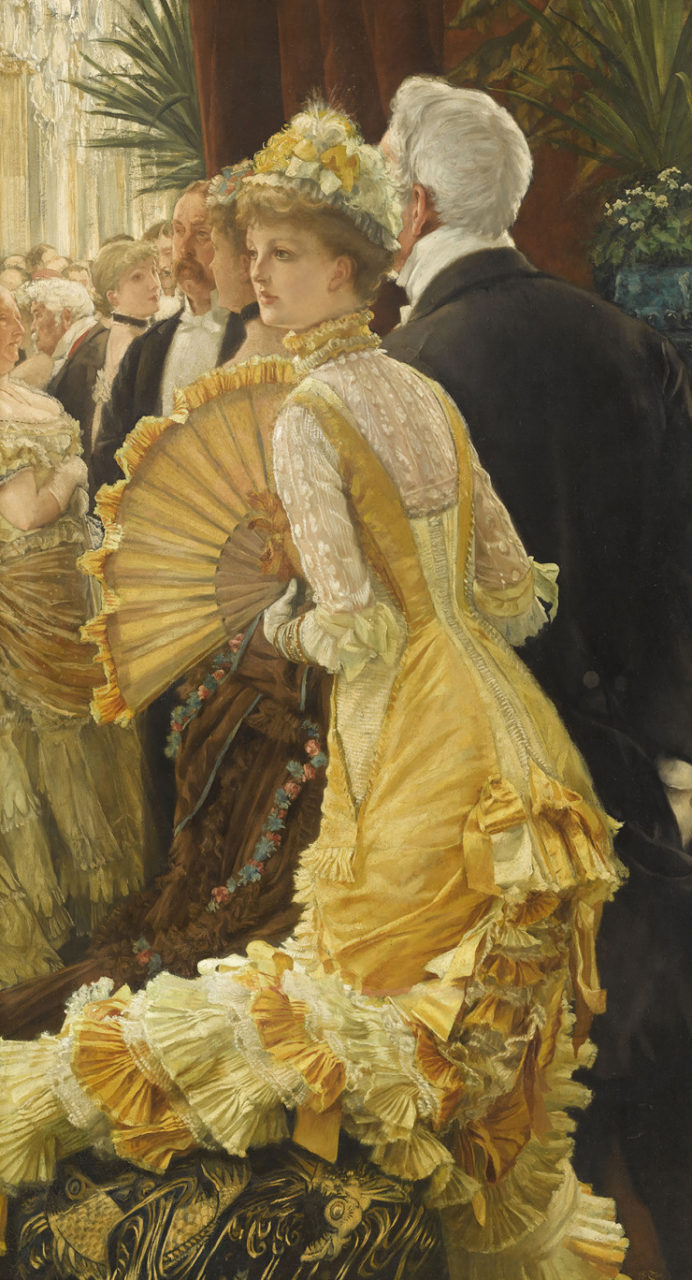
James Tissot (French) • The Ball, later renamed Evening • 1878 • Musée d'Orsay
James Tissot is known for painting elegant beautiful society women attired in the latest Paris fashions. He was also known to alter some details of a particular outfit by painting in his own flourishes to suit his taste and enhance the over-all portrait. He was criticized for this habit but it was undeniable that fashion designers of the time were paying attention. In this way, Tissot was a fashion influencer of high Victorian society.
It's only natural that Tissot was interested in the attire of his well-to-do patrons. His father was a fabric merchant and marchand "de nouveautés"(seller of the latest dress items). He grew up among the very materials he would later paint. This duality suited him well, as he was one of the most successful genre and portrait painters of his time.
Some of the criticisms aimed at Tissot from the fashion world included inappropriate accessories – the hat in the above painting, for example, was not appropriate as evening wear, some claimed. Others were that Tissot's necklines and overly flounced, pleated skirting were outdated. It is believed that Tissot chose certain details and features of the costume to showcase his painting abilities. All things considered, a critic for L’Artiste magazine stated:
"Our industrial and artistic creations may perish our customs and our costumes may fall into oblivion, a painting by Mr. Tissot will be enough for the archaeologists of the future to reconstruct our era."
#art#painting#fine art#art history#james tissot#french artist#society painter#genre painting#victorian fashion#fashion history#historical fashion#realism#women in paintings#19th century paris fashion#the resplendent outfit#art blogs on tumblr#musée d'orsay
87 notes
·
View notes